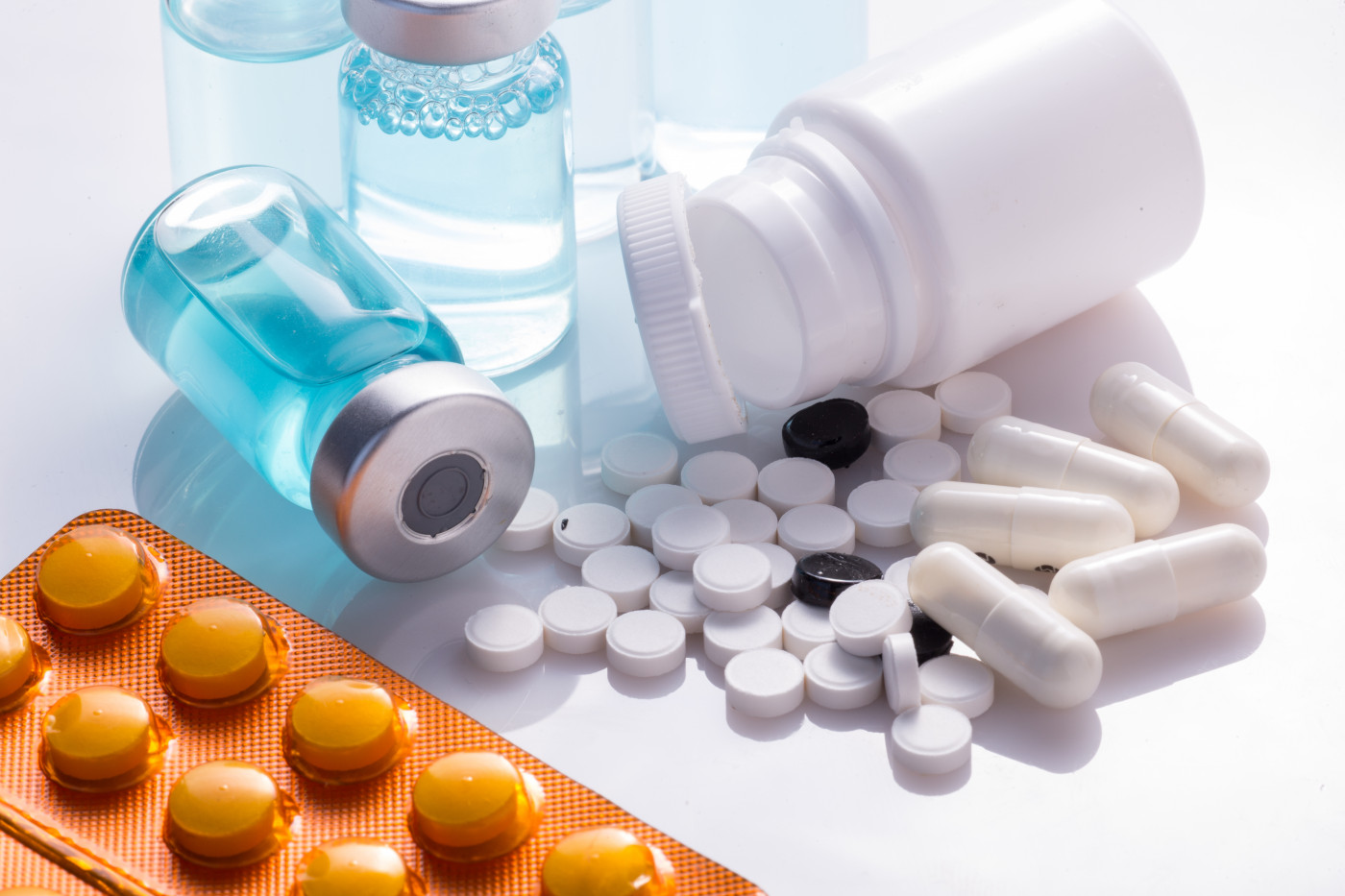Switching From Gilenya to Lemtrada May Not Be Optimal Choice, Study Says
Written by |

Santyaga/Shutterstock
Previous treatment with oral Gilenya (fingolimod) is associated with a suboptimal response to Lemtrada (alemtuzumab) and an increased risk of secondary autoimmune disorders in multiple sclerosis (MS) patients, a study reports.
However, Lemtrada showed an efficacy in patients switching from various other disease modifying therapies (DMTs) that similar to that seen in people naive to such treatment. These findings “can provide guidance for improving MS therapeutic management,” the investigators wrote.
The study, “Impact of previous disease-modifying treatment on effectiveness and safety outcomes, among patients with multiple sclerosis treated with alemtuzumab,” was published in the Journal of Neurology, Neurosurgery and Psychiatry.
First-line treatments for relapsing-remitting MS (RRMS) are often lower-risk DMTs like interferon-beta (IFN-beta, examples include Avonex), and Tecfidera (dimethyl fumarate). People generally switch to more highly active therapies, such as Gilenya and Tysabri (natalizumab), if disease activity persists.
Lemtrada was shown in clinical trial to effectively reduce disease activity in treatment-naive patients and in those unresponsive to first-line DMTs. However, data regarding Lemtrada after other DMTs use can be both inconsistent and incomplete, complicating efforts to manage progression.
“Real-world data on specific treatment sequences remains sparse and the optimisation of the escalating therapeutic management remains short of general consensus,” the researchers wrote.
As Lemtrada carries a significant risk of side effects, such as stroke or secondary autoimmune disorders like thyroid disease and autoimmune hepatitis, doctors should be aware of patients groups for whom Lemtrada is not as safe and effective as was shown in clinical trials.
Researchers in Germany examined 170 MS patients given Lemtrada in a real-world setting to better understand the potential impact of prior treatments.
They were part of the PROGRAM-MS study (NCT04082260), investigating predictors of Lemtrada responses in people with active disease. Those enrolled were either treatment naive or had failed to respond at least six months of treatment with IFN-beta, Tecfidera, Gilenya, or Tysabri.
All were given at least two Lemtrada infusion courses between February 2014 and April 2018, and were followed for at least one year after the second course.
Of these 170 RRMS patients, 50 had previously received Tysabri, 33 switched from Gilenya, 52 had used IFN-beta or Tecfidera, and 35 were new to treatment. Most who switched did so because of disease activity, although 21 people on Tysabri with stable disease changed due to the risk of progressive multifocal leukoencephalopathy (PML, a severe brain disease).
Overall, 78 patients (45.9%) had at least one relapse during the study period, with those given Lemtrada as a third-line treatment at a significantly higher risk of relapse than those using it as a first- or second-line treatment.
Compared with other DMTs, previous treatment with Gilenya was the strongest predictor of relapse after Lemtrada infusion — these patients were 5.4 times more likely to experience a relapse than other patients. Additional risk factors were relapse rates before initiating Lemtrada and prior treatment with Tysabri.
Moreover, the risk of disability worsening after Lemtrada infusion was significantly higher — by 7.7 times — in patients previously treated with Gilenya than in treatment-naive patients.
Gilenya-treated patients also had a higher incidence of spinal relapses compared with naive patients (55% vs, 10%), and a higher risk of developing a secondary autoimmune disease compared with those in other treatment groups.
Over the first two years after starting with Lemtrada, patients’ annualized relapse rate was significantly lower from a pre-Lemtrada period across all groups, including those new to treatment (1.15 vs. 0.33 relapses per year), IFN-beta or Tecfidera-treated patients (1.47 vs. 0.16), stable Tysabri-treated patients (0.45 vs. 0), and active disease Tysabri-treated patients (1.55 vs. 0.38).
Gilenya-treated patients also experienced a smaller but still significant reduction in relapse rates within two years of starting with Lemtrada (1.46 vs. 0.90).
“Although the efficacy of [Gilenya] has been proven in various clinical trials … our data indicate [Gilenya] pre-treatment as a risk factor for suboptimal therapeutic response to [Lemtrada] and for developing secondary autoimmunity,” the researchers wrote.





